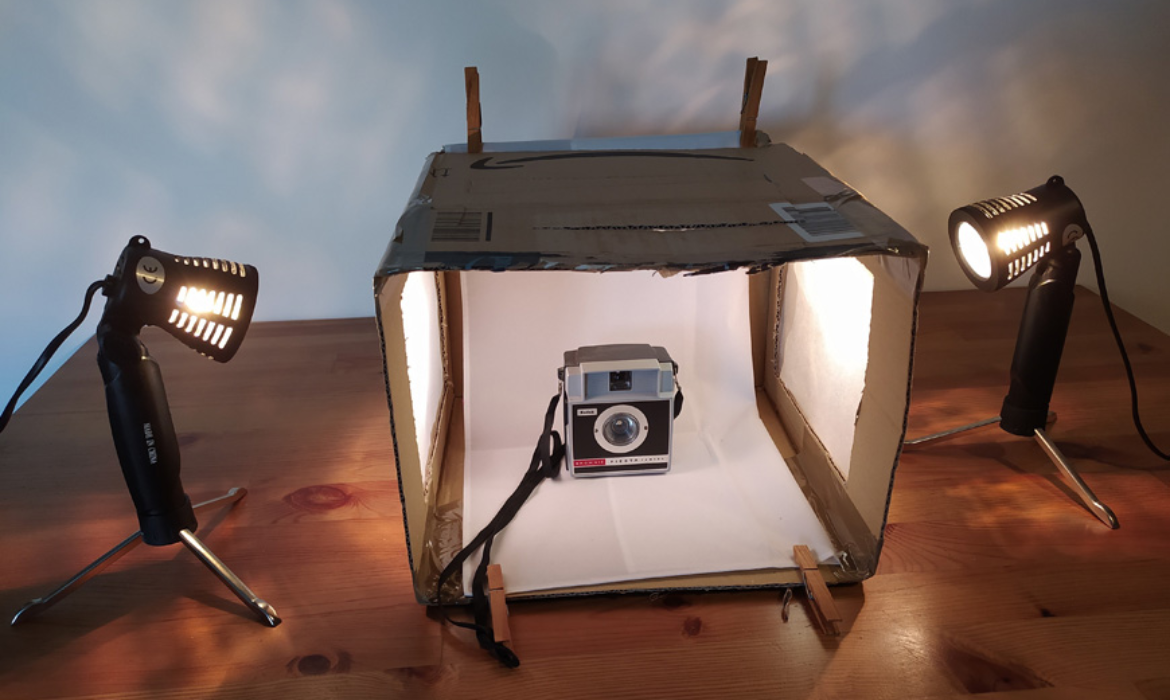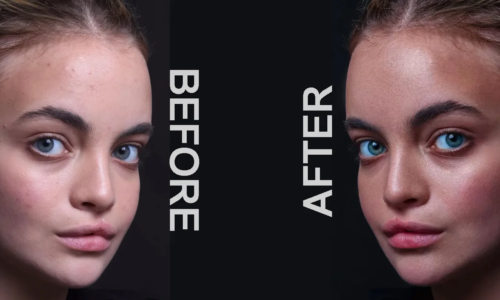Photography is an art that relies heavily on lighting. Whether you’re a professional photographer or an amateur looking to enhance your shots, the right lighting can make all the difference. In this guide, we’ll explore the benefits of using a soft lightbox to achieve beautiful, well-lit photographs.
1. Understanding the Soft Lightbox
Contents
- 1. Understanding the Soft Lightbox
- 2. Why Choose a Soft Lightbox?
- 3. Choosing the Right Soft Lightbox
- 4. Positioning Your Soft Lightbox
- 5. Selecting the Right Background
- 6. Soft Lightbox for Product Photography
- 7. Soft Lightbox for Portraits
- 8. DIY Soft Lightbox Options
- 9. Experimenting with Angles and Placement
- 10. Balancing with Natural Light
- 11. Editing for Enhancement
- 12. Clean Your Soft Lightbox Regularly
- 13. Store Your Soft Lightbox Properly
- Conclusion
- Frequently Asked Questions
- Can I use a soft lightbox for outdoor photography?
- What is the benefit of using a soft lightbox over other lighting setups?
- Can I create a soft lightbox at home without buying one?
- How can a soft lightbox enhance product photography?
- What are the best platforms for showcasing my soft lightbox photography?
A soft lightbox is a tool designed to create soft and diffused lighting for photography. It consists of a translucent material that diffuses light, reducing harsh shadows and creating a more even illumination. This makes it an ideal accessory for achieving professional-looking shots.
2. Why Choose a Soft Lightbox?
Reducing Harsh Shadows
Harsh shadows can be distracting and detrimental to the overall appeal of your photographs. A soft lightbox diffuses light, minimizing shadows and creating a soft, flattering glow on your subjects.
Enhancing Details
Soft lighting is gentle on details, highlighting textures and intricacies without overwhelming them. This is particularly beneficial when photographing products, portraits, or any subject where fine details matter.
Creating a Professional Look
Whether you’re a professional photographer or a hobbyist, a soft lightbox instantly elevates the quality of your shots. The even illumination it provides enhances the overall aesthetic, making your photographs appear polished and well-executed.
3. Choosing the Right Soft Lightbox
When selecting a soft lightbox, consider the size and type that suits your needs. Portable and collapsible options are great for versatility, while larger, fixed light boxes are suitable for studio setups. Ensure the lightbox is compatible with your lighting equipment, and opt for one with adjustable brightness for added control.
4. Positioning Your Soft Lightbox
Proper positioning is key to maximizing the benefits of a soft lightbox. Place it at an angle to your subject to create a soft, even illumination. Experiment with the distance and angle to achieve the desired effect, avoiding harsh shadows and achieving a balanced light spread.
5. Selecting the Right Background
Pair your soft lightbox with a neutral or complementary background. This ensures that the focus remains on your subject while providing a clean and professional look to your photographs.
6. Soft Lightbox for Product Photography
Product photography greatly benefits from soft lighting. Whether you’re capturing jewelry, gadgets, or other items, a soft lightbox enhances the overall presentation, making your products look more appealing to potential customers.
7. Soft Lightbox for Portraits
When photographing people, a soft lightbox creates flattering and even lighting, minimizing imperfections and highlighting facial features. This is particularly useful for portrait photography, where a soft, natural look is often desired.
8. DIY Soft Lightbox Options
If you’re on a budget or enjoy a bit of DIY, there are various ways to create a soft lightbox at home. Using materials like white bed sheets, shower curtains, or even white poster boards can diffuse light effectively and enhance your photography.
9. Experimenting with Angles and Placement
Don’t be afraid to experiment with different angles and placements of your soft lightbox. Tilt it slightly, change its height, or try shooting from different perspectives to discover the most flattering and interesting lighting for your subjects.
10. Balancing with Natural Light
While a soft lightbox is a powerful tool, combining it with natural light can yield stunning results. Experiment with shooting near windows or in outdoor settings to incorporate the benefits of both artificial and natural lighting.
11. Editing for Enhancement
Even with the softest lighting, a bit of post-processing can enhance your photographs further. Use editing software to adjust brightness, contrast, and color balance, ensuring your images are polished and visually appealing.
12. Clean Your Soft Lightbox Regularly
Maintaining the cleanliness of your soft lightbox is essential. Dust and dirt can affect the quality of light, leading to undesirable results. Wipe down the translucent material regularly to ensure optimal performance.
13. Store Your Soft Lightbox Properly
Proper storage prolongs the life of your soft lightbox. Collapse or disassemble it when not in use, and store it in a cool, dry place to prevent damage and ensure it’s ready for beautiful shots whenever you need it.
Conclusion
A soft lightbox is a versatile and valuable tool for photographers of all levels. Its ability to create beautiful, soft lighting makes it an indispensable accessory for anyone looking to elevate the quality of their photographs.
Frequently Asked Questions
Can I use a soft lightbox for outdoor photography?
While soft light boxes are primarily designed for indoor use, they can be adapted for certain outdoor scenarios. However, natural light is often preferred for outdoor shoots.
What is the benefit of using a soft lightbox over other lighting setups?
A soft lightbox produces even, diffused light that minimizes harsh shadows and highlights. It’s ideal for achieving a natural and flattering look, especially for portraits and product photography.
Can I create a soft lightbox at home without buying one?
Yes, DIY soft lightbox options are available using materials like cardboard, white sheets, and LED lights. These can be effective for achieving soft, diffused lighting on a budget.
How can a soft lightbox enhance product photography?
A soft lightbox provides consistent and controlled lighting, highlighting product details and textures. It creates a professional-looking backdrop, making products appear more appealing for e-commerce or promotional purposes.
What are the best platforms for showcasing my soft lightbox photography?
Platforms like Instagram, Pinterest, and photography-specific websites allow you to curate and showcase your soft lightbox masterpieces. Create an online portfolio to reach a wider audience.







